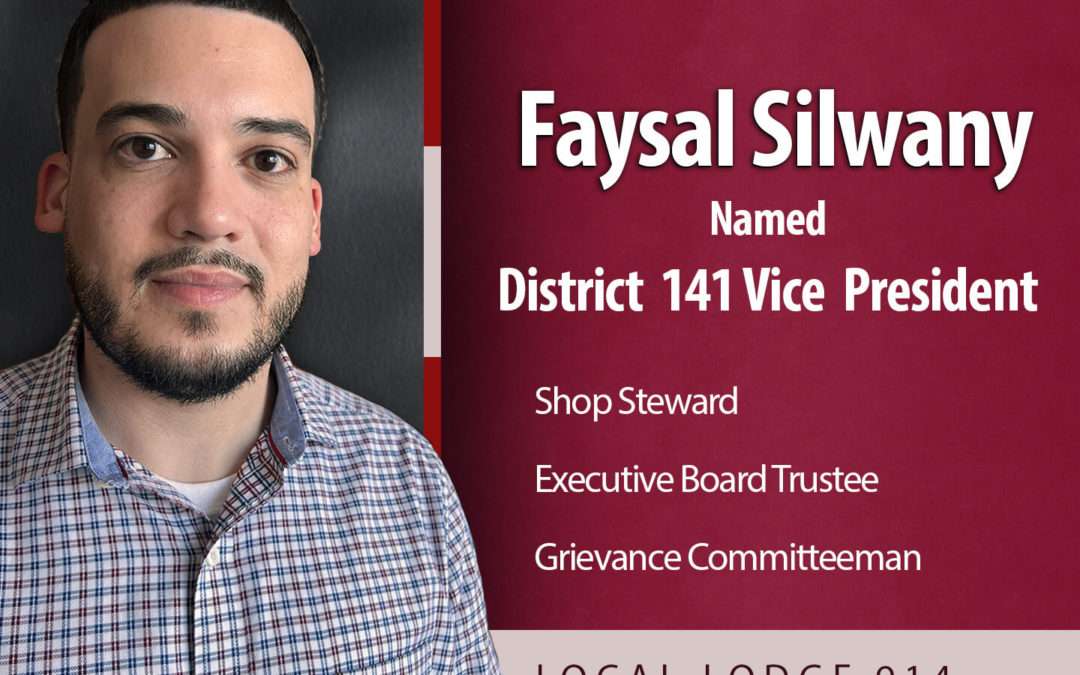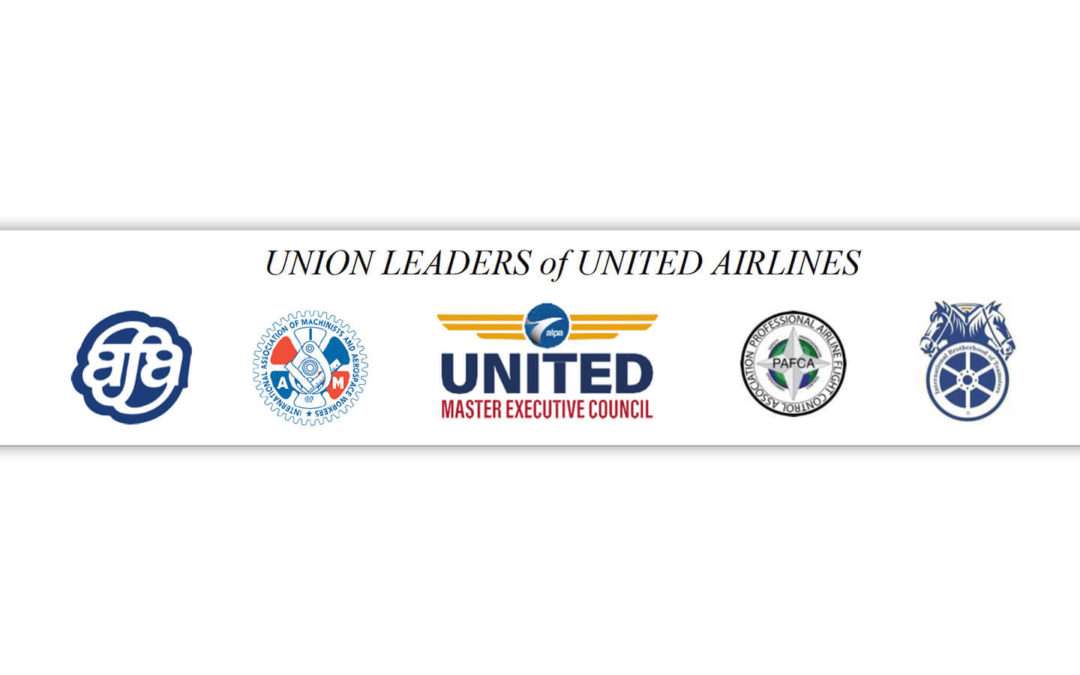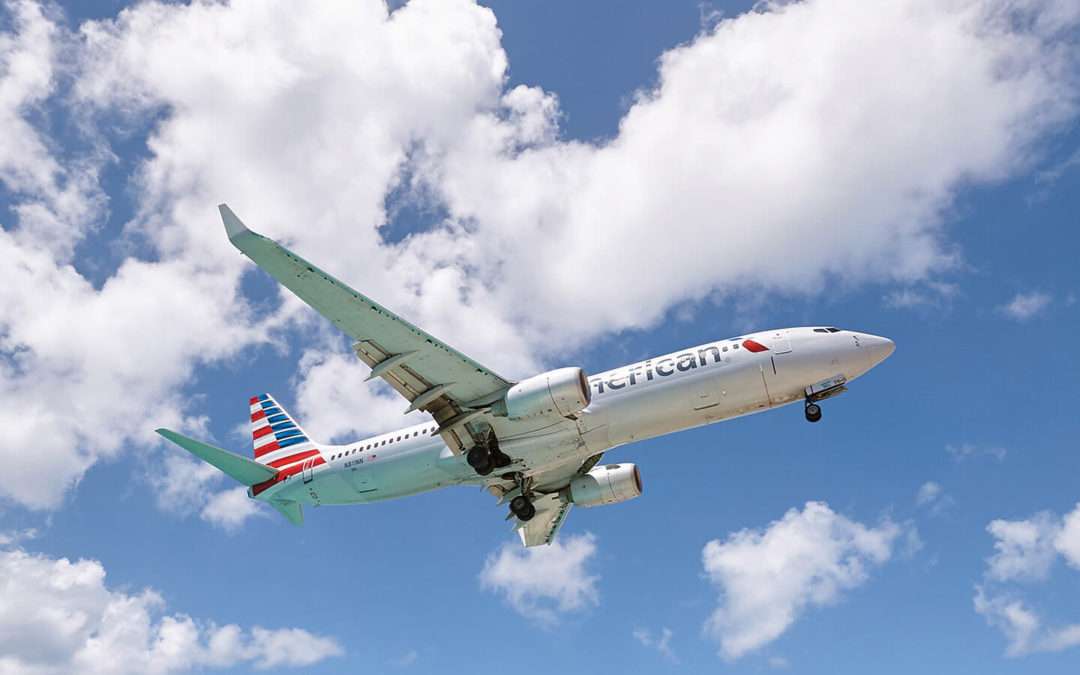
by Eric Price | Dec 13, 2023 | Featured, Featured News, Front Page, Perusals, Row 2
Faysal Silwany Sworn in as Vice President of IAM District 141 Faysal Silwany Sworn in as Vice President of IAM District 141 IAM141.org 13 December 2023 CHICAGO – Faysal Silwany was sworn in as vice president by Machinists Union District President Mike Klemm in a...

by Eric Price | Dec 12, 2023 | Community Service, Front Page, Recent News, Recent News, Row 2, Uncategorized
Celebration and Solidarity: Local 914 Launches Black Tie Charity Event Celebration and Solidarity: Local 914 Launches Black Tie Charity Event IAM141.org 12 December 2023 Machinists Union Local 914, representing over 4,000 members at Newark Liberty International...

by Eric Price | Nov 17, 2023 | Featured, Front Page, Recent News, Row 2, United
Important Letter from the United Labor Coalition Important Letter from the United Labor Coalition IAM141.org 17 November 2023 Nathan Lopp Vice President, Labor Relations United | Corporate Support Center | 233 S. Wacker Drive WHQLR 25th Floor | Chicago, IL 60606 Dear...

by Eric Price | Nov 16, 2023 | American, Featured, Featured News, Front Page, Recent News, Recent News, Row 2
Unruly Woman Fined $40,000 Unruly Woman Fined $40,000 IAM141.org 16 November 2023 PHOENIX – Cayla Farris, a passenger on an American Airlines flight from Phoenix to Honolulu on February 13, 2022, has been ordered by United States District Judge Susan M. Brnovich...

by Eric Price | Oct 12, 2023 | Front Page, Recent News, Recent News, Row 2, Uncategorized
Strength Through Solidarity: Grievance Committee Members Convene in Philadelphia Strength Through Solidarity: Grievance Committee Members Convene in Philadelphia IAM141.org October 12, 2023 PHILADELPHIA – Hundreds of Grievance Committee Members from the...






